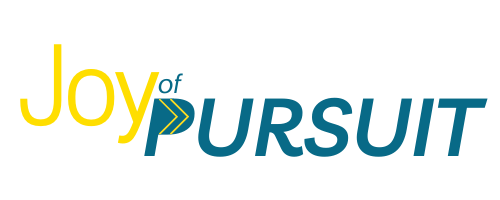5 Common Hiring Mistakes and How to Avoid Them
A strong hiring process is critical to building a successful business. The decisions made during this process can significantly influence the trajectory of your company, impacting its efficiency, culture, and long-term success. Recognizing and sidestepping common pitfalls in the hiring journey is essential to build a robust and cohesive team. In this blog post, we will highlight five prevalent mistakes that small businesses often make during the hiring process and provide strategic solutions to navigate these challenges effectively. By steering clear of these pitfalls, businesses can streamline their recruitment processes, save valuable resources, and pave the way for sustained growth and prosperity.
1. Hiring Without a Clear Job Description
Mistake: Failing to accurately define the role and responsibilities can lead to hiring the wrong person for the job.
Solution: A well-thought-out job description is critical to successful recruitment. Clearly define the problem that filling the role intends to solve and what success looks like for the position. From there, outline the job requirements, responsibilities, and qualifications (including negotiable and non-negotiables). This serves as your guide, and the candidates understand what is expected.
2. Neglecting Cultural Fit
Mistake: Focusing solely on skills and experience without considering cultural fit can be a detriment to your team and company.
Solution: Incorporate your core values into your hiring and screening process—beginning with the job description and continuing through to interview questions. Assess candidates not only for their technical skills but also for how well they align with your company's culture. Read more here on how to integrate your core values into your hiring process.
3. Skipping Reference Checks
Mistake: Neglecting to check references can result in hiring someone with a poor work history or performance issues—leading to headaches down the road, resources wasted, and disrupting your current team.
Solution: While it’s tempting to skip this step when you feel good about a candidate, take the time to contact previous employers or colleagues. This may validate what you have already learned about the candidate, but it could also make you aware of something you didn’t know. Gather insights into a candidate's work ethic, skills, and reliability.
4. Rushing to Hire
Mistake: Making quick hiring decisions without thorough evaluation may lead to hiring the wrong candidate, which will be detrimental in the long run.
Solution: Take the necessary time to review resumes, assess candidates’ skills, conduct interviews, and do reference checks. Rushing the process increases the likelihood of failing to notice important details, creating weak job descriptions, and hindering the process.
5. Neglecting Team Input in the Hiring Process
Mistake: Relying too heavily on the perspective of a single person (often the business owner or manager, when making hiring decisions). This mistake results in overlooking valuable insights from other team members and disregards aligning the new hire with the collective needs and dynamics of the team—negatively impacting team morale.
Solution: Use a team-based approach to the entire process. Collaborate with your team when creating the job description. It’s important to gather input from those who will supervise and work regularly with the person in this position. Additionally, have 2-3 other team members participate in interviews. Everyone will assess the candidate from a different perspective.
Avoiding the pitfalls discussed above is crucial for building a strong business. From the necessity of a precise job description to the significance of assessing cultural fit, conducting comprehensive reference checks, avoiding impulsive decisions, and integrating team input – each element plays a crucial role in the success of the hiring process. A robust hiring process not only ensures the acquisition of qualified and culturally aligned candidates but also acts as a strategic tool to reduce turnover—saving resources and promoting long-term stability. By implementing the recommended solutions and fostering a collaborative approach to hiring, small businesses can cultivate dynamic, well-aligned teams that drive them toward their goals. The journey of recruitment, when well navigated, becomes a catalyst for organizational strength, employee retention, and enduring success.
Want to dive deeper into building a successful hiring process? Join our upcoming workshop: Hiring Excellence: The Significance and Strategy of Screening Questions.
Welcome to Joy of Pursuit!
Pursuing your small business goals can be challenging.
Whether you are a company of one or have a team, I can assist you with building the small business of your dreams.







